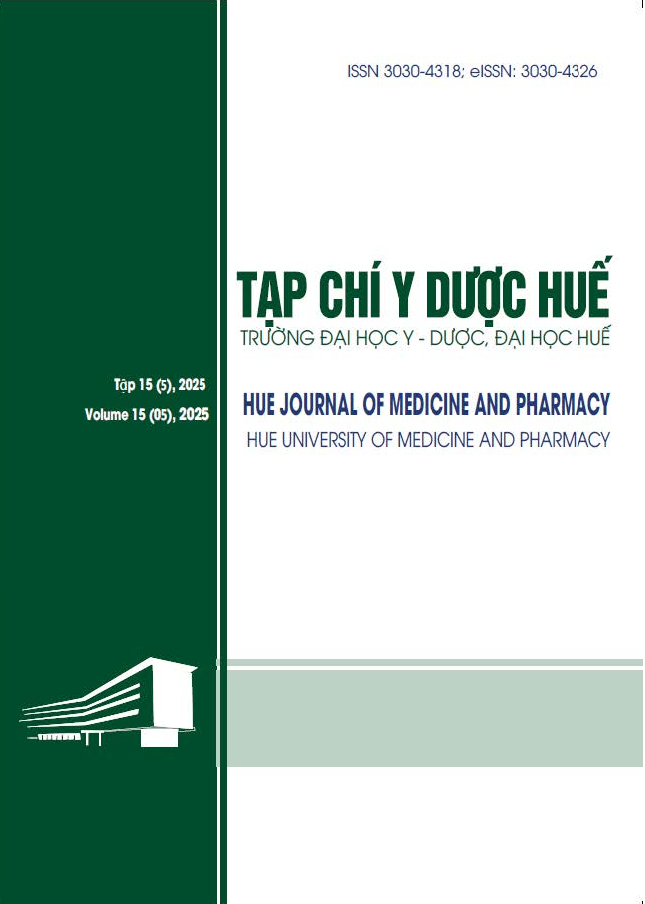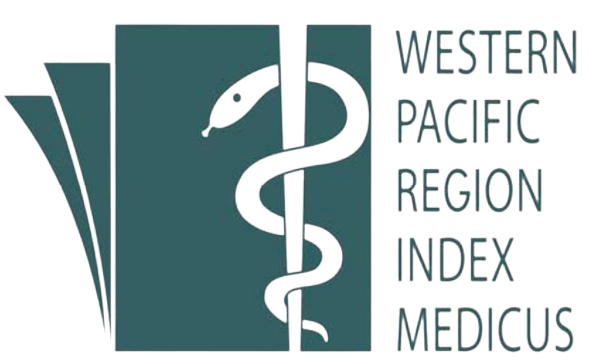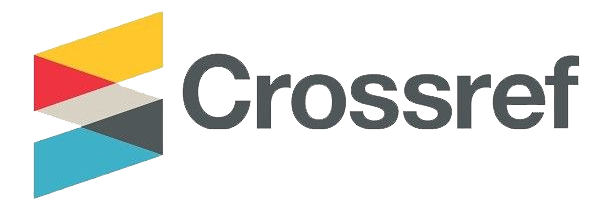Abstract
Background: Stroke caused by middle cerebral artery (MCA) occlusion results in severe sequelae and a high risk of mortality. This study evaluates the roleof endovascular intervention and compares clinical and paraclinical characteristics of MCA occlusion at proximal and distal M1.
Materials and methods: Prospective study at Cho Ray Hospital from 01/2023 to 06/2024 on patients with MCA occlusion at M1 segment treated with endovascular intervention. Parameters assessed include lipid disorders, atrial fibrillation, mTICI score, recanalization time, NIHSS, and mRS at 90-day follow-up.
Results: Among 47 cases, successful recanalization (TICI 2b/3) was achieved in 93.62%, good clinical outcomes (mRS 0–2) in 51.06%, mortality was 21.28%, NIHSS averaged 17.72, and the mean recanalization time was 22.15 minutes. Distal M1 occlusion had a higher rate of atrial fibrillation compared to proximal M1 occlusion (56.52% vs. 12.50%), while proximal M1 occlusion had a higher prevalence of lipid disorders (80.95% vs. 50.00%).
Conclusion: Endovascular intervention for acute MCA occlusion at M1 segment achieves a high rate of successful recanalization and rapid recanalization time. Proximal M1 occlusion is associated with a higher prevalence of lipid disorders, whereas distal M1 occlusion is more frequently linked to atrial fibrillation.
| Published | 2025-09-30 | |
| Fulltext |
|
|
| Language |
|
|
| Issue | Vol. 15 No. 5 (2025) | |
| Section | Original Articles | |
| DOI | 10.34071/jmp.2025.5.28 | |
| Keywords | đột quỵ, động mạch não giữa, can thiệp nội mạch stroke, middle cerebral artery, , endovascular intervention |

This work is licensed under a Creative Commons Attribution-NonCommercial-NoDerivatives 4.0 International License.
Copyright (c) 2025 Hue Journal of Medicine and Pharmacy
Virani SS, Alonso A, Aparicio HJ, Benjamin EJ, Bittencourt MS, Callaway CW, et al. Heart Disease and Stroke Statistics-2021 Update: A Report From the American Heart Association. Circulation. 2021;143(8):e254-e743.
Tsao CW, Aday AW, Almarzooq ZI, Anderson CAM, Arora P, Avery CL, et al. Heart Disease and Stroke Statistics-2023 Update: A Report From the American Heart Association. Circulation. 2023;147(8):e93-e621.
Benjamin EJ, Virani SS, Callaway CW, Chamberlain AM, Chang AR, Cheng S, et al. Heart Disease and Stroke Statistics-2018 Update: A Report From the American Heart Association. Circulation. 2018;137(12):e67-e492.
Hansen CK, Christensen A, Ovesen C, Havsteen I, Christensen H. Stroke severity and incidence of acute large vessel occlusions in patients with hyper-acute cerebral ischemia: results from a prospective cohort study based on CT-angiography (CTA). International journal of stroke : oficial journal of the International Stroke Society. 2015;10(3):336-42.
Chen F, Bai X, Hu W, Guo F, Chen J, Zhou Z, et al. A Prospective, Multicenter, Single-Group Target-Value Clinical Trial to Evaluate the Safety and Eficacy of a Large Bore Aspiration Catheter System for the Endovascular Treatment of Acute Ischemic Stroke. Frontiers in neurology. 2022;13:864563.
Saber H, Narayanan S, Palla M, Saver JL, Nogueira RG, Yoo AJ, et al. Mechanical thrombectomy for acute ischemic stroke with occlusion of the M2 segment of the middle cerebral artery: a meta-analysis. Journal of neurointerventional surgery. 2018;10(7):620-4.
Quyết định 3312/QĐ-BYT ngày 05/11/2024 của Bộ Y Tế về việc ban hành tài liệu chuyên môn “Hướng dẫn chẩn đoán và điều trị đột quỵ não”. 2024.
Flack JM, Adekola B. Blood pressure and the new ACC/AHA hypertension guidelines. Trends in Cardiovascular Medicine. 2020;30(3):160-4.
Kloppenborg JT, Fonvig CE, Nielsen TRH, Mollerup PM, Bøjsøe C, Pedersen O, et al. Impaired fasting glucose and the metabolic profile in Danish children and adolescents with normal weight, overweight, or obesity. Pediatric diabetes. 2018;19(3):356-65.
Kim YS, Kim BJ, Noh KC, Lee KM, Heo SH, Choi HY, et al. Distal versus Proximal Middle Cerebral Artery Occlusion: Different Mechanisms. Cerebrovascular diseases (Basel, Switzerland). 2019;47(5-6):238-44.
Herzberg M, Dorn F, Trumm C. Middle Cerebral Artery M2 Thrombectomy: Safety and Technical Considerations in the German Stroke Registry (GSR).2022;11(15).
Jumaa MA, Castonguay AC. Middle Cerebral Artery M2 Thrombectomy in the STRATIS Registry. 2021;52(11):3490-6.
Gong L, Zheng X, Feng L, Zhang X, Dong Q, Zhou X, et al. Bridging Therapy Versus Direct Mechanical Thrombectomy in Patients with Acute Ischemic Stroke due to Middle Cerebral Artery Occlusion: A Clinical- Histological Analysis of Retrieved Thrombi. Cell transplantation. 2019;28(6):684-90.
Salahuddin H, Ramaiah G, Slawski DE, Shawver J, Buehler M, Zaidi SF, et al. Mechanical thrombectomy of M1 and M2 middle cerebral artery occlusions. Journal of neurointerventional surgery. 2018;10(4):330-4.
Bhogal P, Bücke P, AlMatter M, Ganslandt O, Bäzner H, Henkes H, et al. A Comparison of Mechanical Thrombectomy in the M1 and M2 Segments of the Middle Cerebral Artery: A Review of 585 Consecutive Patients. Interventional neurology. 2017;6(3-4):191-8.
Coutinho JM, Liebeskind DS. Mechanical Thrombectomy for Isolated M2 Occlusions: A Post Hoc Analysis of the STAR, SWIFT, and SWIFT PRIME Studies. 2016;37(4):667-72.
Nguyễn Văn Khôi, Lê Văn Phước,Phạm Minh Thông, Vũ Đăng Lưu, Nguyễn Huỳnh Nhật Tuấn, cs . Nghiên cứu ứng dụng kỹ thuật can thiệp nội mạch trong điều trị thiếu máu não cấp và mạn. Đề tài cấp Nhà nước KC10-15. 2015.
Powers WJ, Rabinstein AA, Ackerson T, Adeoye OM, Bambakidis NC, Becker K, et al. 2018 Guidelines for the Early Management of Patients With Acute Ischemic Stroke: A Guideline for Healthcare Professionals From the American Heart Association/American Stroke Association. Stroke. 2018;49(3):e46-e110.
Brinjikji W, Pasternak J, Murad MH, Cloft HJ, Welch TL, Kallmes DF, et al. Anesthesia-Related Outcomes for Endovascular Stroke Revascularization: A Systematic Review and Meta-Analysis. Stroke. 2017;48(10):2784-91.
Ilyas A, Chen CJ, Ding D, Foreman PM, Buell TJ, Ironside N, et al. Endovascular Mechanical Thrombectomy for Acute Ischemic Stroke Under General Anesthesia Versus Conscious Sedation: A Systematic Review and Meta-Analysis. World neurosurgery. 2018;112:e355-e67.
Zheng M, Fan DS. Acute Cardioembolic and Thrombotic Middle Cerebral Artery Occlusions Have Different Morphological Susceptibility Signs on T2 (∗) -Weighted Magnetic Resonance Images. BioMed research international. 2015;2015:839820.
Ahn SH, Lee J, Kim YJ, Kwon SU, Lee D, Jung SC, et al. Isolated MCA disease in patients without significant atherosclerotic risk factors: a high-resolution magnetic resonance imaging study. Stroke. 2015;46(3):697-703.
Lin K, Zink WE, Tsiouris AJ, John M, Tekchandani L, Sanelli PC. Risk assessment of hemorrhagic transformation of acute middle cerebral artery stroke using multimodal CT. Journal of neuroimaging : oficial journal of the American Society of Neuroimaging. 2012;22(2):160-6.
Kim YS, Kim BJ, Noh KC, Lee KM, Heo SH, Choi HY, et al. Distal versus Proximal Middle Cerebral Artery Occlusion: Different Mechanisms. Cerebrovascular Diseases. 2019;47(5-6):238-44.






